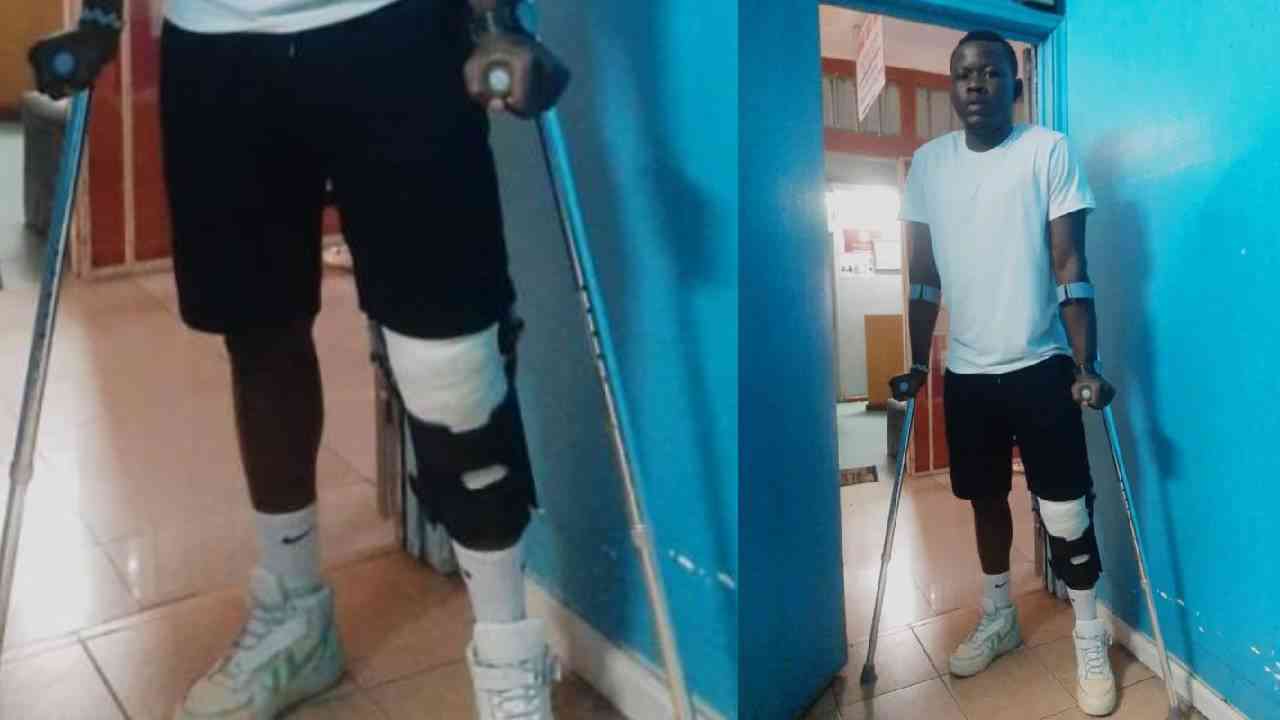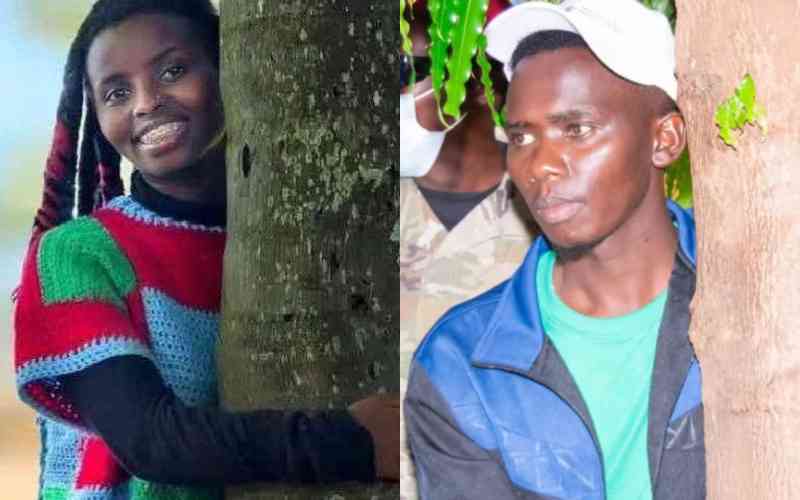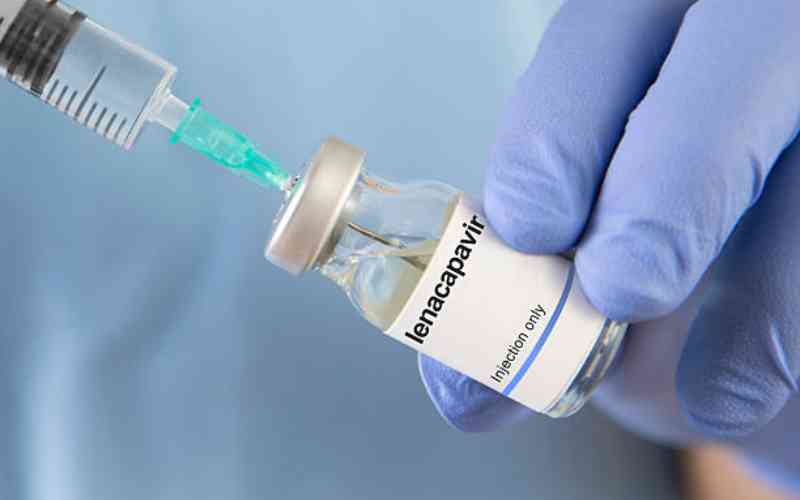
Abu Twalib, a rugby player at the Menengai Oilers RFC in Nakuru, tore his meniscus in July 2021 while working out at the club's gym.
However, he did not tell his team doctor and continued training.
Unbeknown to him, this minor strain would be the start of a major career-threatening injury.
"In the next match, I came into contact with an opponent. My knee snapped. At halftime, the doctor strapped it lightly and I returned to the game. I got the ball but when trying to change direction, the knee locked completely," recalled the flanker.
Twalib started physical therapy immediately at Nax Sports Medical and Rehab Centre in Nakuru town under Dr Anthony Maina, a sports injury consultant.
"The scans showed that I had a level three injury; my anterior cruciate ligament (ACL) was completely torn. I started rehabilitation while awaiting surgery," said Twalib.
He underwent successful surgery in October 2021 and started his journey back to the pitch.
He was not alone in this lonely journey, his teammate Sammy Were, also sustained a knee injury in June 2021 for which he's recovering.
"We were playing against Impala RFC. I underwent surgery on October 10. Physio has been part of my recovery," said the 15s player.
Contact games
Dr Maina, a neurological and musculoskeletal rehabilitation expert, explains that most field events like football, basketball, and rugby are high contact games that demand high levels of fitness, endurance and strength with physical therapy as an essential in achieving and maintaining these levels.
"We monitor players' preparation and conditioning during training and by assessing them after a match," says Dr Maina adding that to minimise risk of injuries, physical therapists work closely with coaches to condition their players.
"If players are well-conditioned, their muscles, joints and bones are able to withstand the pressure and physicality of the game. The injuries will be minimal," notes Dr Maina.
"But poorly-conditioned players are unfit and should not get into the pitch or track."
In the event of an injury, players are managed surgically or conservatively.
Physical therapy tries to avoid the route of surgery and drugs by using conservative treatment methods like heat, ice, water, sound waves and electrical current.
"When we cannot avoid the route of surgery and drugs, we offer specialised care or rehabilitation during the entire treatment period," says Dr Miana.
Ruben Koech, a lecturer at the Kenya Medical Training Institute (KMTC) in Nakuru notes that rehabilitation helps restore the range of motion, balance and strength of the muscle girth.
It is however expensive and requires a range of facilities and medical equipment to be successful.
Physical therapists
"The athletes will need a well-equipped gym and a hospital with modern equipment like ultrasound, scanners and electronic machines like a Transcutaneous Electrical Nerve Stimulator, commonly known as a TENS machine," says Koech.
According to the Kenya Society of Physiotherapists, there are about 2000 practicing physical therapists in Kenya and with the right facilities, a single physical therapist can serve many patients concurrently.
However, this treatment is expensive and most athletes can't afford.
Peter "Kasskass" Kamau recalls the days he used to play for Kisumu Posta, now Kisumu Telkom, in 1991.
"We were playing against Motcom FC of Kakamega when I sustained a knee injury. My knee was locked and I could not walk for days," says the Kenya National Coaches Association vice chair.
"Luckily, a well-wisher approached me with an insurance cover from the Aga Khan hospital where I was treated and rehabilitated."
To relieve players of the costs, most professional clubs partner with individual clinics and hospitals to attend to their players. For instance, Dr Maina's clinic attends to Menengai Oilers players.
Koech notes that sprains, strains and muscle tears are most prevalent among field athletes. Hamstrings, quad muscles, ankles and knees are the most affected parts.
But the knees stand out as the most injured body part in field events.
"It is probably due to the bio-mechanics and type of movements that occur around that area. Knees are essential for turning, jumping, and sprinting. They also exposed during tackles," says Koech.
He encourages players to use tapes, straps, and bandages to support muscles and joints on knees and other areas perceived as most prone to injury. They include thighs, ankles and wrists.
 The Standard Group Plc is a multi-media organization with investments in media
platforms spanning newspaper print
operations, television, radio broadcasting, digital and online services. The
Standard Group is recognized as a
leading multi-media house in Kenya with a key influence in matters of national
and international interest.
The Standard Group Plc is a multi-media organization with investments in media
platforms spanning newspaper print
operations, television, radio broadcasting, digital and online services. The
Standard Group is recognized as a
leading multi-media house in Kenya with a key influence in matters of national
and international interest.











